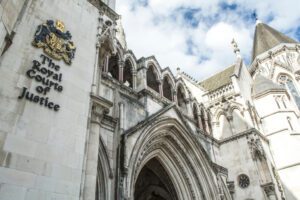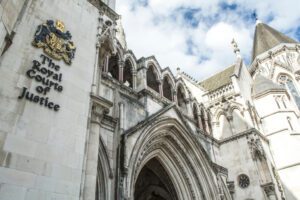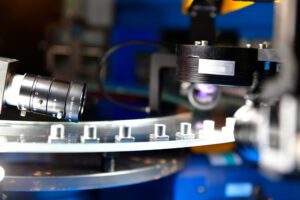PPE Medpro delivers final blow in DHSC trial, calling case ‘buyer’s remorse’ and evidence ‘non-existent’


The £122 million High Court battle between PPE Medpro and the Department of Health and Social Care (DHSC) neared its conclusion on Day 11, with PPE Medpro’s lead barrister Charles Samek KC delivering a forceful closing submission that framed the entire case as a textbook example of “buyer’s remorse” and government mismanagement.
“We gave them everything we had. They looked at it. They assessed it. They said, yes, that’s all fine… The gowns are approved,” Samek told the court, arguing that the government had knowingly signed off on PPE Medpro’s offer during the Covid-19 procurement rush — only to regret it later amid public scrutiny and political fallout.
A central plank of PPE Medpro’s defence remains the claim that the gowns were sterile at the point of delivery in China, and that any contamination occurred afterwards — while under the sole control of the DHSC and its agents, Uniserve and Hunicorn.
The government’s sterility claim, Samek said, relied on flawed tests and ignored the reality of the gowns’ unexplained “life journey” — a journey through global freight, ports, and poorly monitored storage sites, including container parks in UK fields.
The exotic microorganisms later found on the gowns — many of which originate from deep-sea trenches, desert climates, and even outer space — support this theory, Samek argued.
“This isn’t a case where there are just one or two unexpected [microorganisms] but more than that… all at the same time, which is a very odd occurrence,” he said.
“The nature of the microbial contamination, particularly the fact that the species are found in such diverse habitats… suggests a plausible reason how contamination could have occurred.”
In a rare intervention, Mrs Justice Cockerill acknowledged the evolution of the government’s arguments during the proceedings:
“There is no doubt at all that the focus of the way this case is put [by the DHSC] has shifted,” she noted.
Samek seized on this admission, arguing that DHSC’s central positions had crumbled under cross-examination, forcing the department to pivot. In particular, the government had quietly dropped claims about improper packaging and had reframed its sterility argument, now asserting that the sterilisation facilities used by Medpro lacked “validated” procedures — despite their credentials.
“It beggars belief,” Samek said. “Are we really to believe that Sterigenics, a global sterilisation provider, carried out a blind dose mapping exercise without any dose setting? It’s fantasy.”
One of the most damaging issues raised by the defence remains the DHSC’s failure to call key witnesses or produce essential documents.
Samek pointed out that the government has not provided a single person who could speak to what actually happened to the gowns between their handover in China and their eventual storage and testing in the UK — a gap of over 500 days.
“They were the ones that had sole control, sole knowledge and they haven’t produced any documents and haven’t produced any single witness that can give the relevant evidence.”
He cited the Sherlock Holmes maxim: “When you have eliminated the impossible, whatever remains, however improbable, must be the truth.”
Samek also dismantled the DHSC’s claim that PPE Medpro breached the contract by failing to provide CE-marked gowns. He reminded the court that the CE certification box on the official order form was left unticked, and that no such certification was ever requested before approval was granted.
“To say it is an unticked box is just to state the obvious… There was no CE certification provided because if there was, it would have been checked.”
As the day’s arguments came to a close, Samek KC returned to the fundamental principle of the trial — the burden of proof, which lies with the claimant.
He argued convincingly that the DHSC had not met this threshold, pointing to the reliance on a sample of just 60 gowns out of 25 million, the absence of credible explanations for contamination, and the lack of key witnesses or documentation.
“The fact that 55 gowns in one of 12 lots are said to be contaminated… doesn’t mean all are to be treated as being so,” he said, challenging the government’s extrapolation.
What comes next?
Samek KC is set to conclude PPE Medpro’s oral closing submissions on Thursday morning, but the central themes of the defence are now firmly on the record: an approved contract, a flawed testing process, a shifting government case, and an apparent attempt to scapegoat the supplier for a wider PPE procurement disaster.
As the courtroom prepares to draw the curtain on one of the most high-profile Covid-era commercial disputes, it remains to be seen whether the court will agree that this case is, in the defence’s words, “an opportunistic claim with no reliable foundation.”





